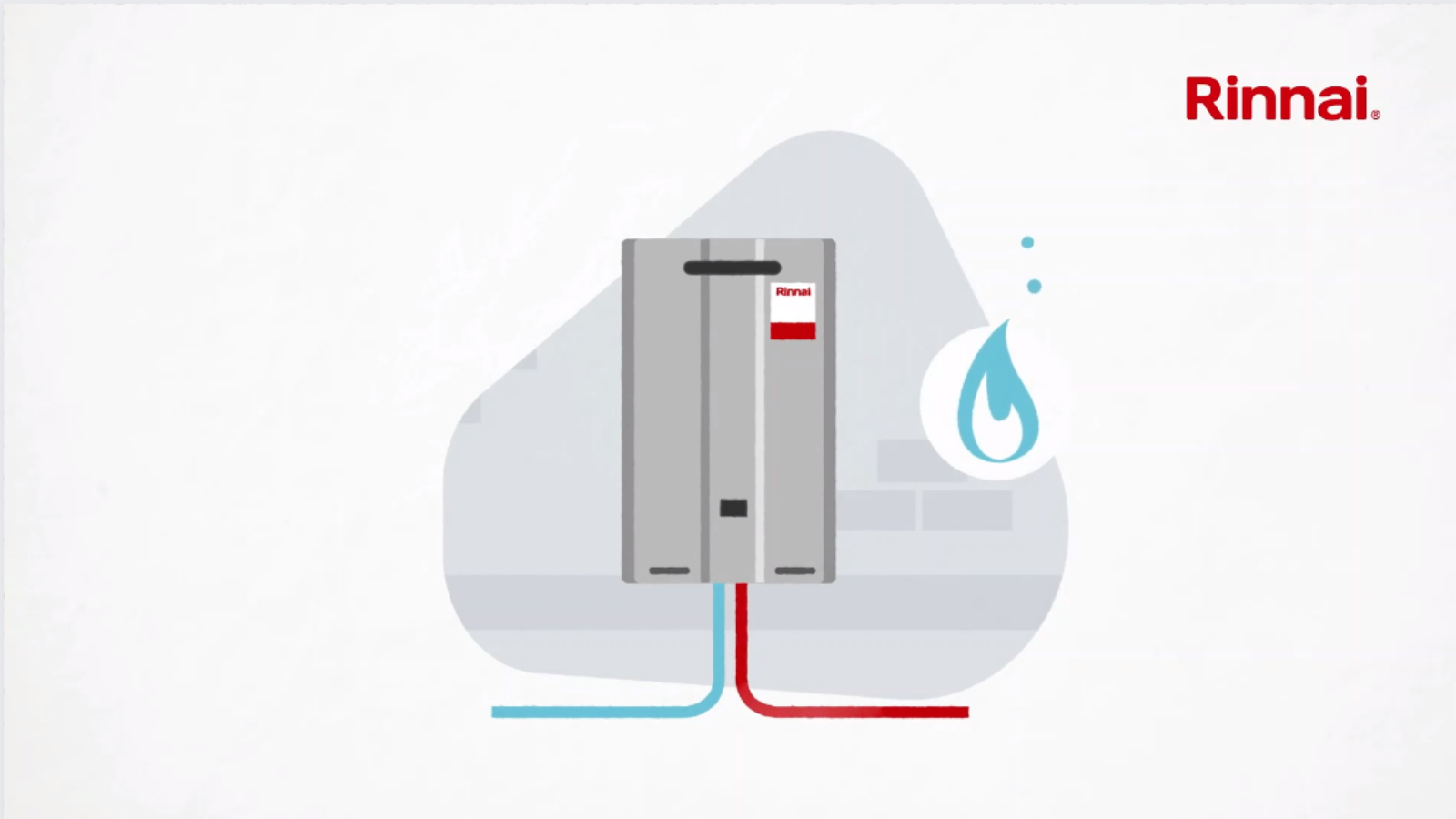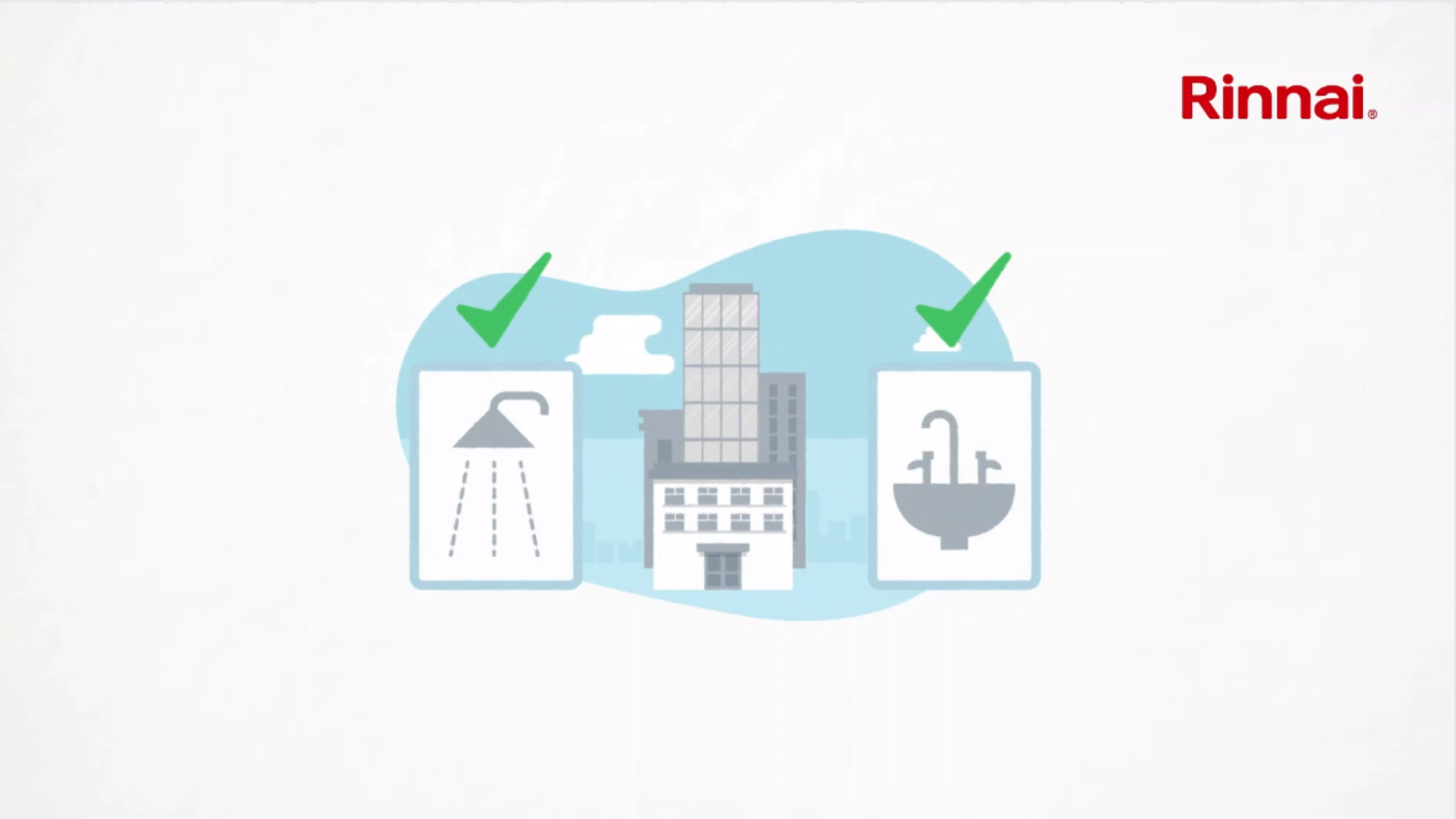In a recent interview, we had the opportunity to chat with Chris Goggin, Operations Director of Rinnai UK, following the exciting news about the signing of a Memorandum of Understanding (MoU) between our organizations. Our discussion focused on the progress of our partnership, which centres on exploring ways to decarbonize the LPG market in Europe through the utilization of Renewable & Recycled Carbon DME.
Can you tell us about your role and Rinnai?
I am the Operations Director of Rinnai UK. Since joining the company in 2005, I have had the privilege of holding various positions, which have provided me with invaluable insights and experiences. In my current role, I oversee all aspects of the company’s operations, with a specific focus on marketing and product development.
One area that I am particularly passionate about is innovation. Within our product development division, we actively explore new and transformative solutions for the UK commercial heating and hot water market. As we navigate the path towards a more sustainable future, it is crucial to consider the integration of renewable and recycled liquid fuels, such as DME.
By introducing these alternative fuel options, we strive to reduce our reliance on non-renewable resources and minimize our impact on the environment. Embracing innovation and sustainable practices is not just a responsibility – it is an opportunity to lead the way in our industry and inspire positive change. Together with the dedicated team at Rinnai UK, I am committed to driving this crucial transition and promoting a more sustainable future.
At Rinnai, we have an innovation manifesto that drives the whole organisation towards carbon neutrality throughout our operation. We are pleased to say that renewable and recyclable liquid fuels like DME form an important area of our development.
What was the pathway to the Dimeta/Rinnai Memorandum of Understanding (MoU)?
The Memorandum of Understanding (MoU) with Dimeta is a result of several years of forward-thinking collaboration between Rinnai and members of the LPG industry, including current and former representatives of Liquid Gas UK and other prominent organisations. The highlights of our joint endeavours have included case studies, carbon modelling for commercial heating and hot water systems and lobby activities.
The main synergistic trait between our innovative organisations is based on the desire to provide a pragmatic approach to decarbonisation that considers the nuances of rural buildings and their energy system restrictions.
The strength of our belief in the need for mixed energy sources and products made the formalisation of an MoU an obvious choice for both organisations. The next phase of the MoU will mean that the resources of the Rinnai Corporation will work closely with the extremely knowledgeable team at DIMETA to accelerate the learning curve of both organisations and, hopefully, for the LPG industry.
We look forward to continuing this partnership and delivering Renewable and Recycled Carbon DME appliances in future.
“The benefits of blending DME with LPG are substantial. The mixing of these gases will immediately reduce the carbon intensity of new sites and, importantly, the existing fleet of gas appliances in the field. The carbon reduction could be up to 15% dependent on blend ratio, before even adding BioLPG into the mix. A 100% DME appliance could also offer emissions savings of up to 85% compared to those using oil or diesel for heating or energy purposes.”
Chris Goggin, Operations Director Rinnai UK


